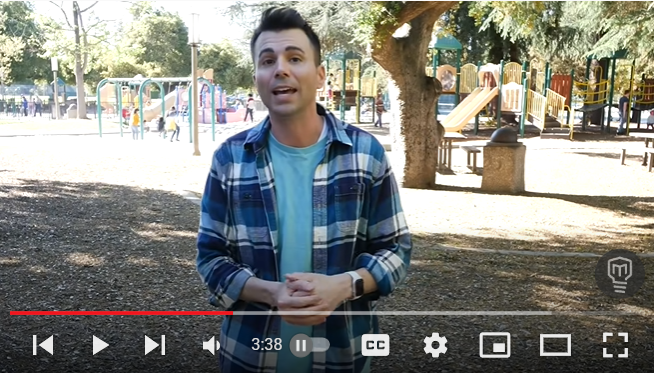Autism Spectrum Disorder (ASD) is a neurodevelopmental disorder that affects social communication and behavior. Individuals with ASD may have difficulties with social interactions, communication, and may show repetitive or restrictive behaviors or interests. The symptoms of ASD can vary widely in severity and presentation, and individuals with ASD may also experience other cognitive, sensory, and motor impairments.
Auditory Processing Disorder (APD) is a type of sensory processing disorder that affects the brain's ability to process auditory information. Individuals with APD may have difficulty processing and interpreting auditory information, such as speech sounds, music, or environmental sounds. This can lead to difficulties in speech and language development, learning, and communication. APD can occur in individuals with or without a diagnosed neurological disorder, such as ASD.
There is some evidence to suggest that individuals with ASD may have atypical auditory processing, including difficulties with processing and discriminating sounds, and that these difficulties may contribute to some of the core symptoms of ASD, such as social communication deficits. Some individuals with ASD may also have a co-occurring diagnosis of APD. However, it is important to note that not all individuals with ASD have APD, and not all individuals with APD have ASD.
The diagnosis of APD requires a comprehensive evaluation by an audiologist or other qualified professional, and treatment may involve auditory training, sound-based interventions, or other strategies aimed at improving auditory processing abilities. In individuals with ASD, interventions aimed at improving auditory processing may be used in combination with other therapies and interventions to address the range of symptoms and impairments associated with the disorder.
In this video, the father of an autistic child illustrates how a person with ADP would hear the sounds around the playground.
Therapy at a glance
What is the Tomatis method?
The Tomatis Method is a type of sound therapy, similar to Auditory Integration Training (AIT). It claims to improve listening and communication skills. A person doing the Tomatis method uses headphones to listen to electronically modified music as well as other sounds – for example, a mother’s voice.
What is the Tomatis method used for?
The Tomatis method claims to improve speech and language skills, communication, and behavior. It’s also supposed to help with balance and coordination difficulties and with depression and anxiety. Some people have used it to help with learning a new language.
